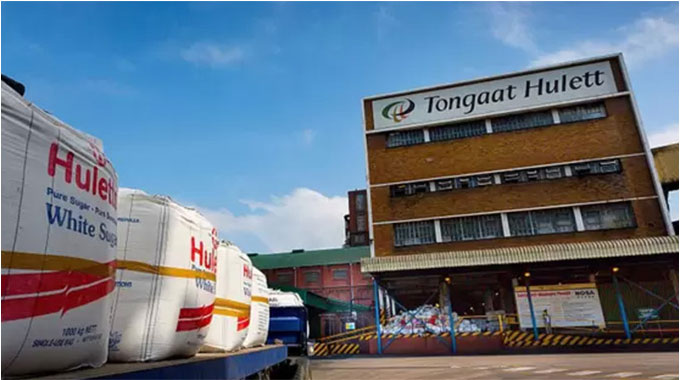Miners draft local content framework
Zimbabwe’s mining companies have started work on developing local content guidelines for the mining industry, which should boost industrial production and grow the economy through forward and backward linkages and cut imports.
The move dovetails into the ongoing push by the Government to drive local procurement and production, which forms part of efforts to rebuild and grow the economy.
Other countries, for instance neighbouring South Africa, have strictly enforced local content policies for as high as 85 percent domestic input, which promotes local linkages and drives economy growth.
Local content policies focus interventions on areas of high procurement and aim to direct the sourcing of those goods to local enterprises.
Outgoing Chamber of Mines of Zimbabwe president Elizabeth Nerwande told delegates during the Miners’ Annual Conference in Victoria Falls on Friday that modalities were being worked on to develop a local content policy for the sector.
“The Chamber of Mines is working with other stakeholders to develop local content guidelines for the mining industry, which will support the empowerment aspirations of the country,” she said.
The Government is looking to draft a local content policy for the manufacturing industry after launching The Zimbabwe National Industrial Development Strategy (2019- 2020).
The industrialisation strategy will be buttressed by a local content policy that seeks to stem out incessant outflow of foreign currency, an elusive resource whose shortage has caused economic challenges and has driven inflation in the country.
The policies give direction, strategies and implementation modalities to rebuild Zimbabwe’s industrial foundation.
The Confederation of Zimbabwe Industries (CZI) is on record saying the ZNIDP has given direction and has sufficient detail for development of the required growth strategies.
Industry also says if the right policy measures, including local procurement, are put in place average industrial capacity utilisation could rise to a post dollarisation high of 61 percent by end of this year.
For instance, industrial output surged 23 percent last year, as local firms shifted towards increased domestic sourcing of goods amid a global shutdown prompted by the Covid-19 pandemic, which disrupted global supply and value chains.
This demonstrates how far the country can gone in efforts to turnaround and grow the economy if the correct policies and strategies are employed to support businesses.
Zimbabwe took measures to develop the local content policy in order to stimulate local industry after realising that the country imports goods worth US$5 billion to US$6 billion annually while it gets inadequate forex.
Former CZI president, Mr Sifelani Jabangwe, said a year ago that the gross procurement of the mining sector is one of the highest in the local economy, meaning localising procurement will significantly drive industry.
Writing in one of our sister publications, The Sunday Mail, he said maximising benefits from the mining industry was critical to driving industrial production, growing the economy and creating new jobs.
“The country might be the third-largest global exporter for platinum and significantly contribute to global gold, diamond and chrome supply, but the returns — as reflected by economic performance — do not reflect such global performance,” he said.-herald.cl.zw










